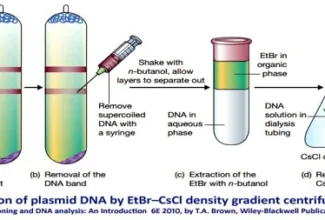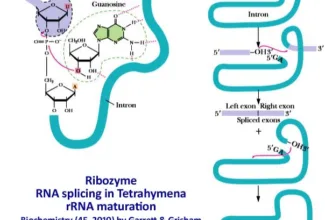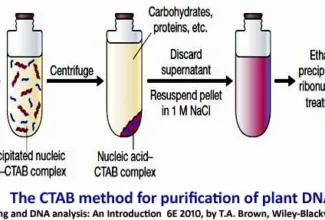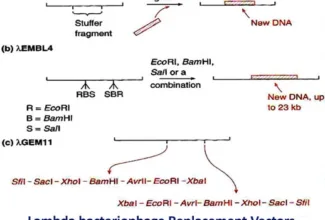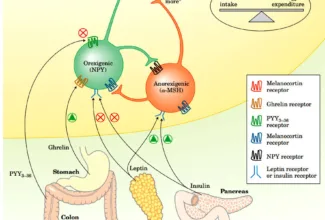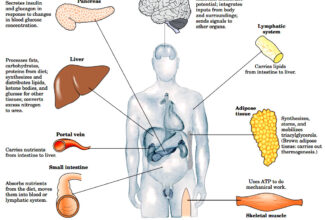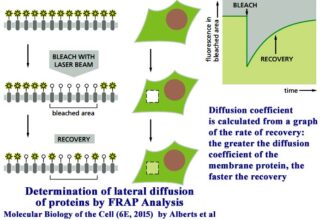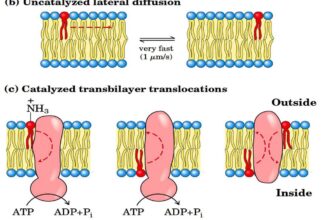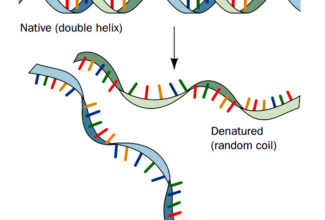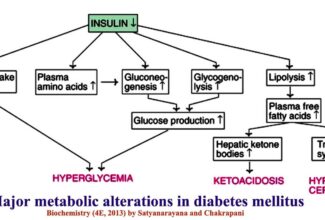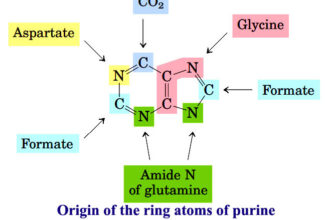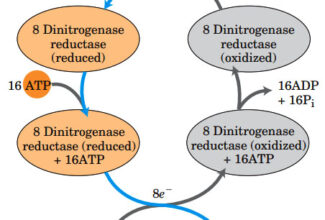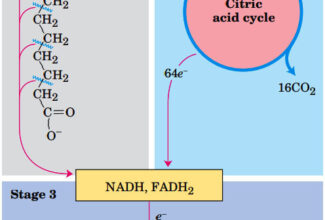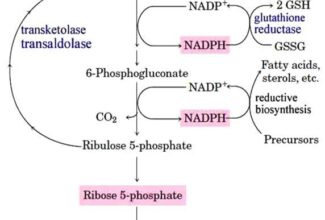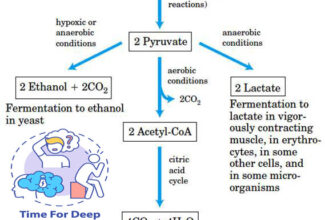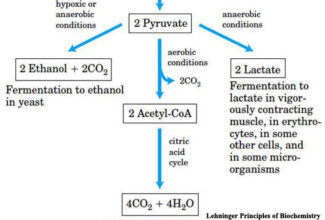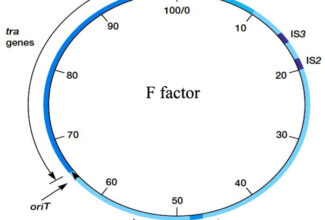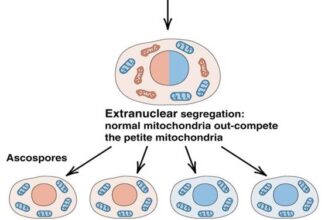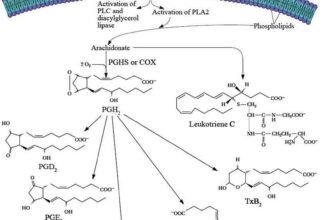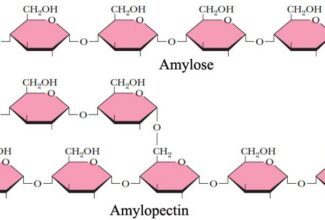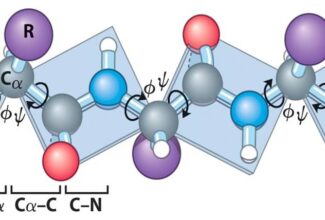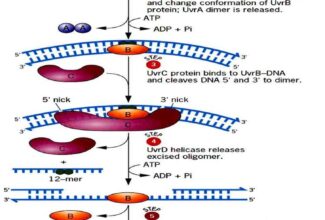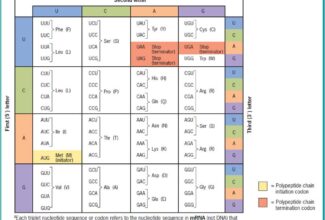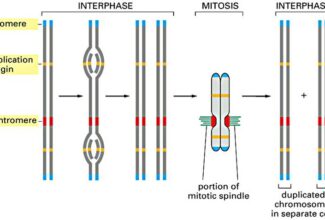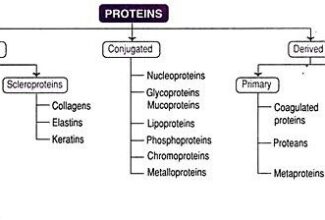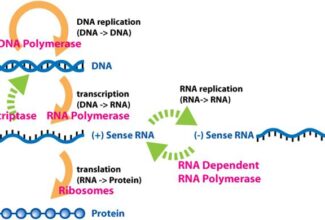
Coenzymes, Cofactors and Metalloenzymes: Structures, Properties and Functions
Coenzymes and Cofactors: Role and mechanism of action of NAD+/NADP+, FAD, lipoic acid,
Thiamine pyrophosphate, Tetrahydrofolate, Biotin, Pyridoxal phosphate, B12 coenzymes
metal ions with specific examples
- Cofactors are the inorganic or organic substances needed by the enzyme for its catalysis
- Coenzymes are organic or metalloorganic compounds required by the enzymes for their activities.
- Act as either transient carriers of specific atom or functional groups or an electron (s).
- Mostly derived from vitamins the organic nutrients required in small amounts in the diet.
- Coenzymes often called co-substrates as they only bind to Enzyme at the time of reaction
- Some coenzymes are tightly or even covalently linked to the enzyme known as prosthetic group
- Coenzymes are frequently consumed and recycled. Chemical groups are added and detached continuously by an enzyme.
- Metal ions play multiple roles in the cells among which the most common role as cofactors in the enzyme catalyzed reactions.
- Metal ion cofactors may behave as co-substrates or activators for the reactions.
- Many metal ions are remained as prosthetic group in metalloenzymes



